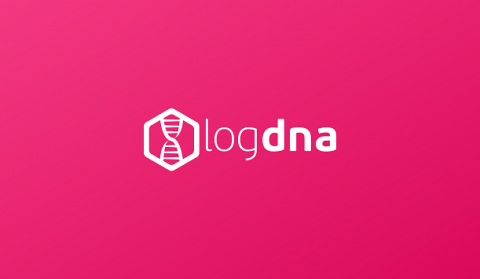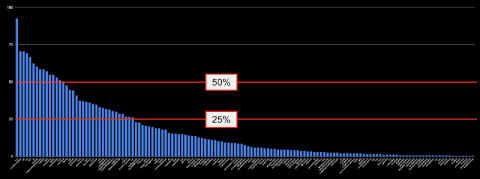Operations | Monitoring | ITSM | DevOps | Cloud
Latest News
AWS S3 Monitoring with Sumo Logic
In part 2 of our AWS S3 Monitoring series, we covered the basics of AWS S3 logging, why it’s important to log all the information in your cloud environment, and also the benefits of monitoring those logs. Now, AWS offers some great tools for monitoring and log querying, but if you and your team want to take it to the next level, Sumo Logic is there for your needs.
Replicating and Restoring LogDNA Account Configurations
As an engineer who has set up logging for more than one deployment or environment, you know that you usually have one logging account per deployment. You’ve got plenty of pre-created queries, graphs, and alerts set up specific for your company’s use case, all of which are vital to you knowing the health of your infrastructure. Now imagine being responsible for creating and maintaining logging accounts across 10+ deployments.
Announcing Log Patterns: Saving time and money for engineers
Logz.io was born out of a frustration with the realities of managing an open source monitoring and troubleshooting stack across distributed systems at cloud scale. Today, we introduce another tool to streamline log mamagement: Log Patterns.
Troubleshooting On Steroids with Logz.io Log Patterns
It’s 3 AM and your phone is ringing. Rubbing your eyes, you take a look at the alert you just got from PagerDuty. A critical service has just gone offline. Angry customers are calling support. Your boss is on the phone, demanding the issue be resolved ASAP. You open up your log management tool only to be faced by 5 million log messages. What now?
Multi-Cloud is Finally Here!
First time this year, multi-cloud enterprises, as a customer segment of Sumo Logic, have grown faster than any other segment: 50% Y/Y. What took so long? In my conversations with enterprises over the last 5 years, there was only one strategy for public cloud and it was multi-cloud. But evidence of multi-cloud usage was sparse at best. Data from our Continuous Intelligence Report in previous years didn’t find much to support that the strategy for multi-cloud was being implemented.
How to use Graylog as a Syslog Server
A Syslog server allows for the collection of logs into a centralized log repository. This centralized log repository allows for quick searching of your logs across your organization through different visualization tools. The Syslog web interface will provide the easiest access to the logs, and allows for easy secured remote access.
What Is MTTR? Mean Time to Repair, Explained In Detail
Whether you’re slinging code, managing developers, wrangling servers, or filling most other roles in the modern tech firm, you care about keeping your software running while bringing home the bacon. If your website or application is down, you’re not making money. (Or, if you aren’t in this for profit, your message isn’t getting to the people who need it.) Therefore, it’s everyone’s job to keep things running smoothly.
Logz.io for MSPs: Fast, Powerful Log Analytics Improves Customer Success
Managed Service Providers (MSPs) are on the hook to deliver reliable, performant, and secure services to their customers. Production issues or security incidents can threaten SLAs, customer contracts, and ultimately business reputations. To state the obvious, MSPs need to understand what is going on in their environment so they can effectively identify and diagnose production issues before they impact customers. This is the idea behind “observability.”
AWS Twitch Series Webcast | CHAOSSEARCH
Lights, Cameras, CHAOSSEARCH Yesterday, Thomas and I had the opportunity to sit down with AM and Nicki from the AWS Twitch series, Build with AM & Nicki. If you’re unfamiliar with the series, it’s definitely a must watch for all things AWS, with a high focus on the different services you can leverage to build products or applications for your business.











